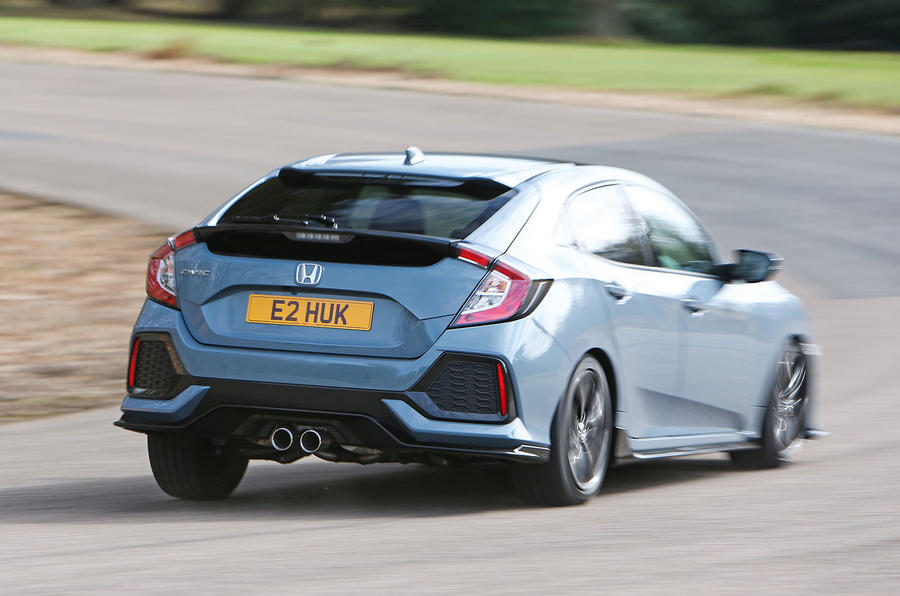New revelations today regarding Honda’s decision to close down its Swindon factory from 2021 are both heartbreaking and underline why such major, devastating decisions can so often hang on the thinnest of margins.
The Swindon Advertiser is reporting high-placed sources at Honda who have told them that equipment to prepare for the hybridisation of the next-generation Honda Civic was already on a boat being sent to the plant when the decision to close it was announced.
The insinuation is clear: up until very recently, Honda was still planning a future for Swindon and plans for it to be equipped with technology to future-proof its existence were very well advanced.
Of course, ‘well advanced’ doesn’t mean sorted. A Honda spokesman told the Swindon Advertiser as much, albeit with a hefty dose of corporate jargon thrown in: “Honda of the UK Manufacturing Ltd were in the feasibility stages of New Model allocation and had begun preparation to bid for the next generation of Civic. The new Civic was to feature a petrol-electric hybrid within the model line-up.
“In order to prepare Honda of the UK Manufacturing Ltd for future models, installation of some equipment and changes to the layout of the plant had to take place before the model allocation was confirmed.
“This was due to the long lead time for ordering and installation of this equipment.”
But the question now is what made Honda executives pull the plug on this exploratory phase so abruptly, and presumably at great expense? The publically cited reason for the closure was, after all, the need to invest in electrification. If that was already being done, it suggests that other motives were afoot, too.
In the wake of the closure announcement Philip Crossman, the former Honda UK managing director and now automotive consultant, told Autocar exclusively that there were five key reasons for the decision: the global shifts in car sales, a dramatic fall in Chinese sales, the Japan-EU trade deal, Brexit uncertainty and – of course – the need to invest in electrification.





Join the debate
Add your comment
If it werent for brexit,
In big companies typically
In big companies typically middle to junior management are working to the roadmap that they've been given - in this case prepare for hybrid Civics, as they were doing by getting the factory ready (or at least delegating to get the equipment shipped, factory floor rejigged etc.)
These type of closure decisions are often made at senior management level, often as much of a surprise to junior and middle management as they are shopfloor workers.
I suspect that..
..the reason for the UK closure is due to uncertainty regarding getting supplies through "just in time" for production and with new border controls that might mean serious time delays and catastrophe if there is industrial action at the ports. I reckon the Japanese management team have decided that they are better off somewhere where supplies will not be so obviously affected and if they were then an alternate means could be found, which is a bit hard to do if you are making things on an "offshore island"
Re: 405line.
Honda are planning 5 years ahead and Britain can't tell you 5 weeks ahead.